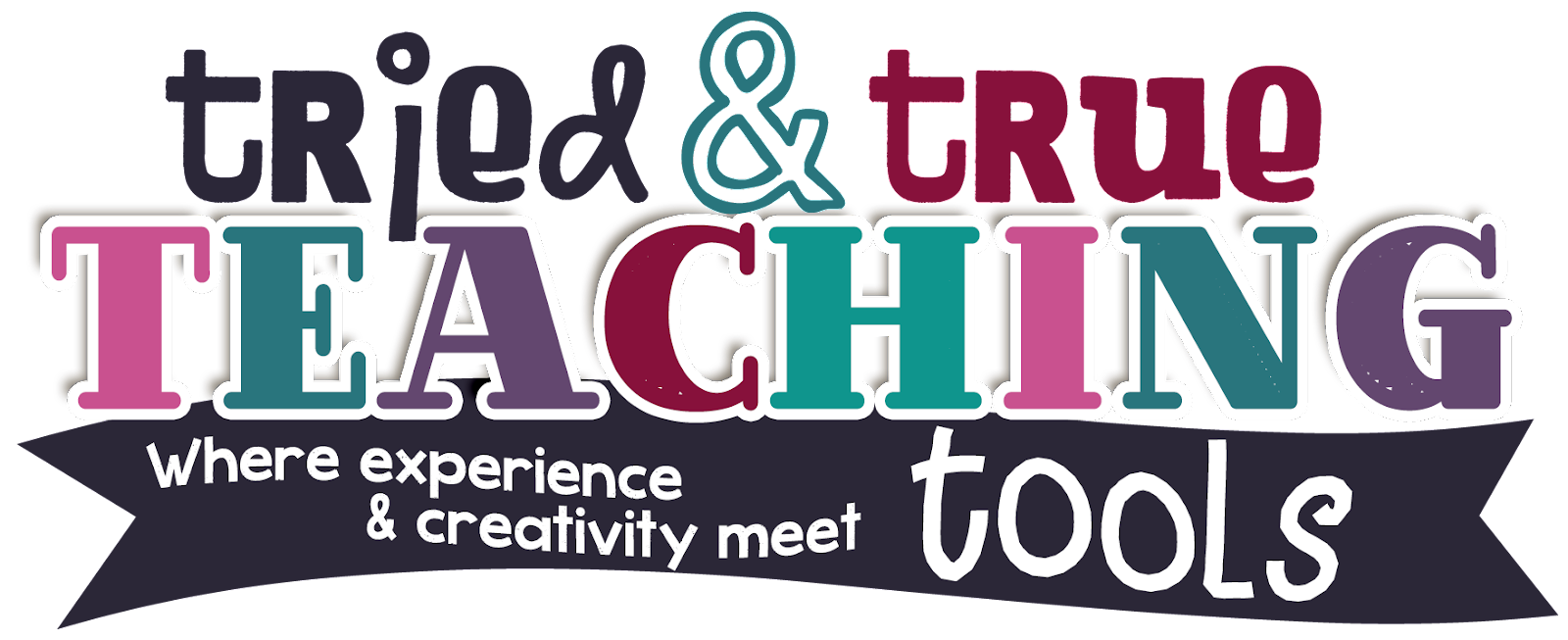I hope you'll read along (you can order your copy here) We will follow the reading schedule below, but the format of the study lets you read at your own pace and jump in the conversation at any time. Share your thoughts, reflections, and ideas for the specific chapter (just click on "comments" at the bottom of each post)
"Explain your thinking" has always been my motto, as you can tell by my shirt below :)
However, what really struck me was on the first page of Chapter 1: "If one considers just verbs, Oxford English Dictionary rates the word think as the twelfth most used verb in the English language! Clearly the word think plays an astonishingly prominent role in our speech and writing, but for all this usage, how well do we understand what it actually means to think? . . . When teachers use it, what do they intend? When students hear it how do they interpret it? Does it lead to any actions on their part?" (p. 5)
When student hear think, how do they interpret it??? Often when I've asked students to explain their thinking, I hear the lament, "I don't know." or "My brain told me." or "I read the directions." Huh? But maybe the problem has been that I am not clear enough in my expectations or explicitly teaching what thinking looks like, sounds like. . . I think I model enough, but something is missing. Hmmm... "It's one thing for us as teachers to articulate the kinds of thinking we are seeking to promote; it is another for students to develop a greater awareness of the significant role that thinking plays in cultivating their own understanding." (p. 15) The missing piece!!
I had a few Aha Moments from this chapter (although less than 20 pages, it is filled with meat!!)
The authors caution against classrooms that are places of too much "tell and practice", yet also the classroom that is all about activity. Guilty of both at varying stages of my career!!
They've identified 8 thinking moves that foster and support understanding of new ideas.
As you can see these Thinking Moves are not subject-specific, but serve understanding across all the disciplines. Use this list to clarify what we mean by thinking. As we become clearer in our own minds (as teachers) about the types of thinking we want our students to do, we can then be more effective in our instructional planning. We can create opportunities for the kinds of thinking we value.
A concept map the research team used with students (across grade levels) was a bubble map with the center circle labeled: thinking. Students were asked, "What is thinking? When you tell someone you are thinking, what kind of things might actually be going on in your head?" Students responded with a variety of answers including: I picture things in my head, I ask myself questions and try to answer them, think logically, don't get caught up with things that aren't relevant, breaking down, finding similarities. Wow! How awesome that kids were able to articulate what actually goes on in their heads while they think!!
One of my take-aways from Chapter 1 is having students create a visible thinking portfolio. My students always keep a portfolio of their work as examples of growth. However, a visible thinking portfolio has samples of student-selected work that demonstrates where and when they had engaged in each of the above thinking moves. The portfolios become part of their student-led conference! I am so going to do this next year!! Love it!!
What is your take-away from this chapter? What do you hope to gain from this summer book study? Please comment below! Feel free to share with colleagues; the more discussion & reflection, the better our teaching! Check back next Wednesday for Chapter 2!






I've read "Making Thinking Visible." It has some great ideas. Another good one is "Teach Like a Champion."
ReplyDeleteJust added to my list! Thanks, Joyce!! I'd love any of your comments, applications or insight from Making Thinking Visible!!
DeleteMan, I just typed something up, but it looks like it got deleted. I came across your blog today, and coincidentally, I read chapter 1 of the book yesterday. It really made me reflect on some practices used previously in my classroom, and how I could change them to be more effective in helping students think. The part that really stuck out to me was where it talked about how understanding is not a straight path through Bloom's. Understanding is the result of application, analysis, evaluating, and creating.
ReplyDeleteI agree: understanding is not a straight path through Bloom's! That made me stop & think about all the time I've spent trying to follow the levels, when it is not linear at all!
DeleteAlso, I agree, Teach like a Champion is a great book. My mentor teacher gave it to me when I finished student teaching in her class 5 years ago, and it is something I always go back to. It is straight forward in that it gives you strategies that you can do without any prep.
ReplyDeleteI have a student teacher this fall; good idea for an ending gift! :) I look forward to reading!
DeleteThis sounds like a great read! Another thing to add to my thousand page Amazon wish list - lol! I also have been guilty of being both too teacher driven and too student driven, it is hard finding that balance! Looking forward to hearing more about the book!
ReplyDeleteI know; and Amazon Prime makes it just too easy to click & order! Lol
DeleteI hope you join in each Wednesday!